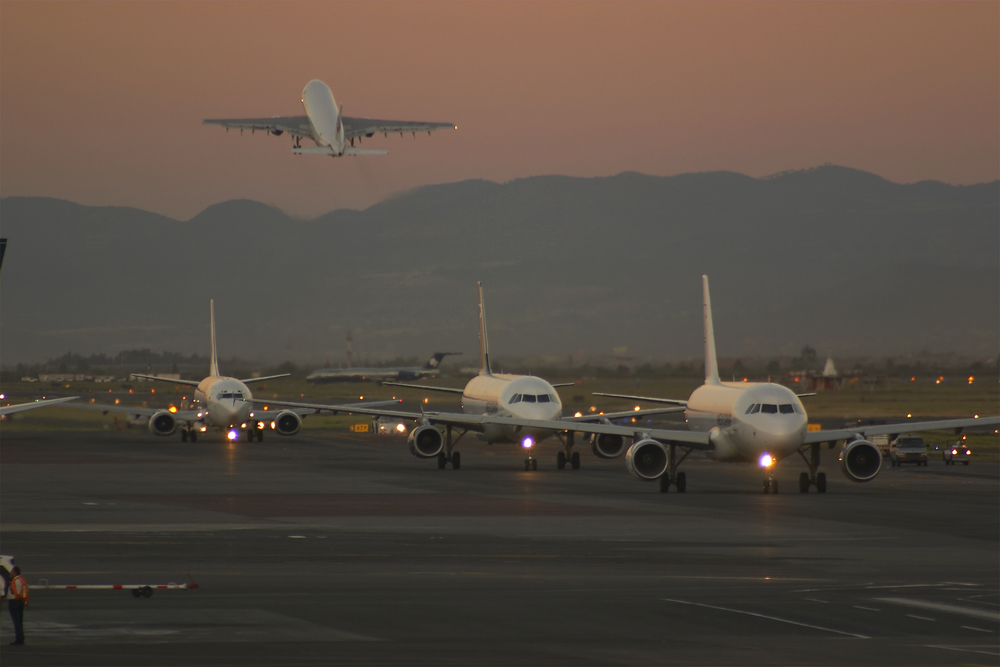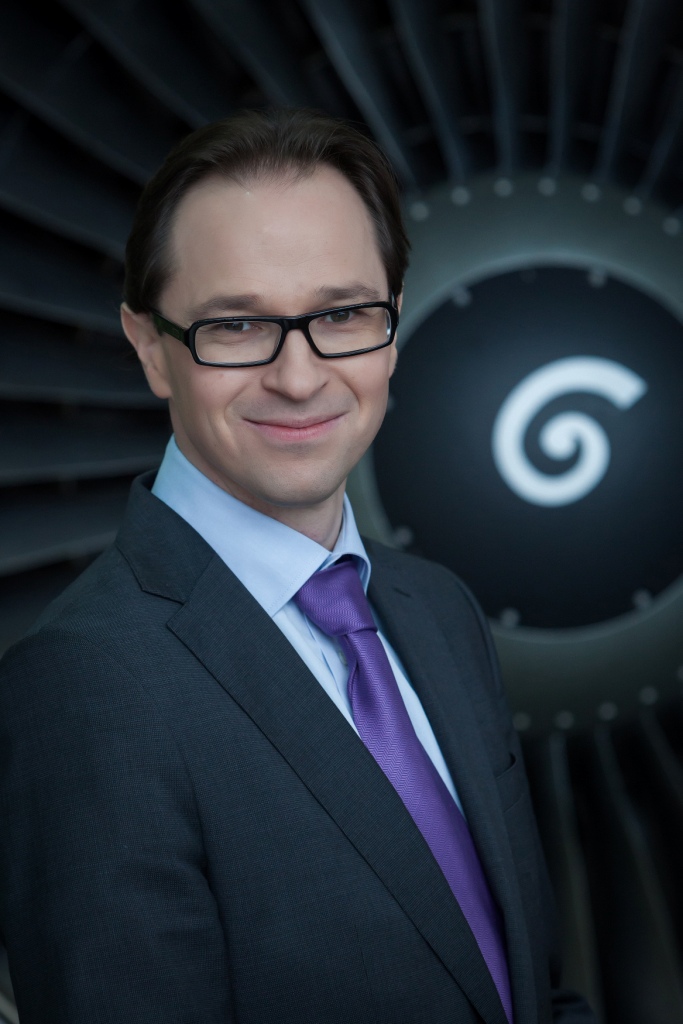 While IATA forecasts the airline industry to generate $746 billion revenues in 2014, the airlines are still struggling with profitability. Currently, the average actual earnings of the carriers globally account for less than $6 per departing passenger. Thus, in a struggle to find ways to earn more, the focus of the aviation industry must change with regard to how aircraft maintenance is accomplished.
While IATA forecasts the airline industry to generate $746 billion revenues in 2014, the airlines are still struggling with profitability. Currently, the average actual earnings of the carriers globally account for less than $6 per departing passenger. Thus, in a struggle to find ways to earn more, the focus of the aviation industry must change with regard to how aircraft maintenance is accomplished.
The civil aviation market is intensely competitive. It has rising fixed costs, low margins of profit and increasing consumer demand. As the Wall Street Journal recently revealed, 99% of revenue received per flight is needed simply to breakeven on the cost of operation and maintenance. However, as costs related to maintenance typically make up to 11% of all operating costs, it is one area in which technology can be used to optimize operations and boost profits.
“The most precious assets of an airline are the airplanes themselves. To give one example, the average list price of a Boeing 737-800 approximately reaches $90 million, so it is important that this asset is utilized to its maximum in order to provide the lowest per trip capital cost,” shares Andrius Norkevicius, the COO of FL Technics Engineering. “Therefore, it is crucial that airlines learn to benefit from solutions that simplify the complex range of MRO processes, such as scheduling, forecasting, replenishing inventory, repair & overhaul and delivery of serviced aircraft – thereby increasing efficiency, reducing maintenance-related downtime and delivering substantial cost savings.”
example, the average list price of a Boeing 737-800 approximately reaches $90 million, so it is important that this asset is utilized to its maximum in order to provide the lowest per trip capital cost,” shares Andrius Norkevicius, the COO of FL Technics Engineering. “Therefore, it is crucial that airlines learn to benefit from solutions that simplify the complex range of MRO processes, such as scheduling, forecasting, replenishing inventory, repair & overhaul and delivery of serviced aircraft – thereby increasing efficiency, reducing maintenance-related downtime and delivering substantial cost savings.”
According to FL Technics, on the average only 12+ hours of a Boeing 737NG aircraft operations are generating revenues. Meantime, delays and scheduled major maintenance checks account for approximately 2.6 hours. In a 24-hour period, this leaves a little less than 9 hours, during which the aircraft is available, but not used. At the same time, an additional hour of B737NG utilization might generate about $1.3 million per year.
“By optimizing check intervals, reducing technical delays, increasing airplanes parts availability, and spending less time in the hangar through optimum deployment of manpower and outsourcing of work, it is possible to significantly enhance aircraft availability. Combined with a shorter gate turnaround time, this can provide the additional couple of hours needed for one more flight every day, which can result in almost $2.6 million in profit opportunity per year, per airplane. Apply this for a typical airline fleet of 30 airplanes, and it adds up to $80 million per year. Thus, while optimizing MRO is not a panacea, it is certainly a good starting point,” concludes the COO of FL Technics Engineering.





